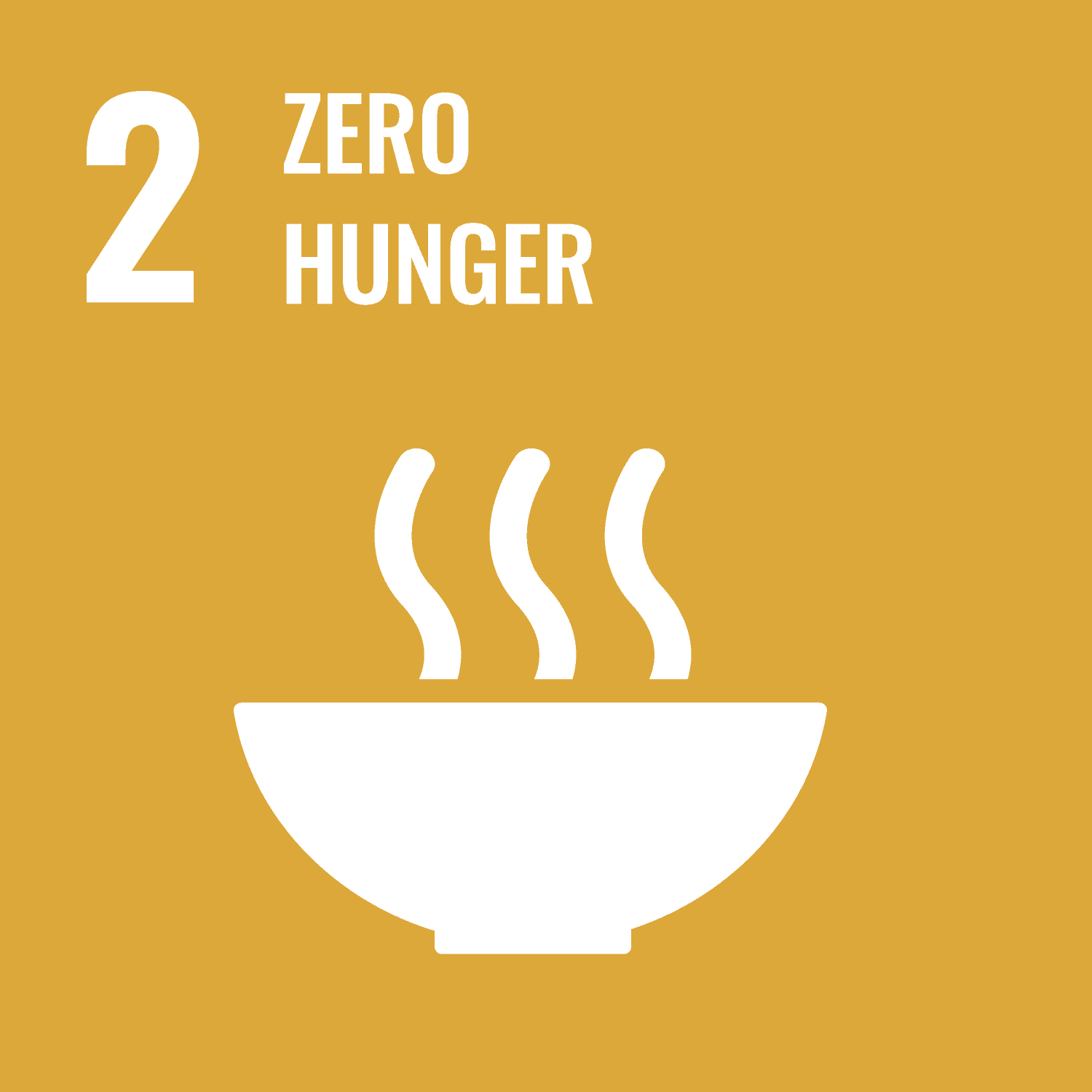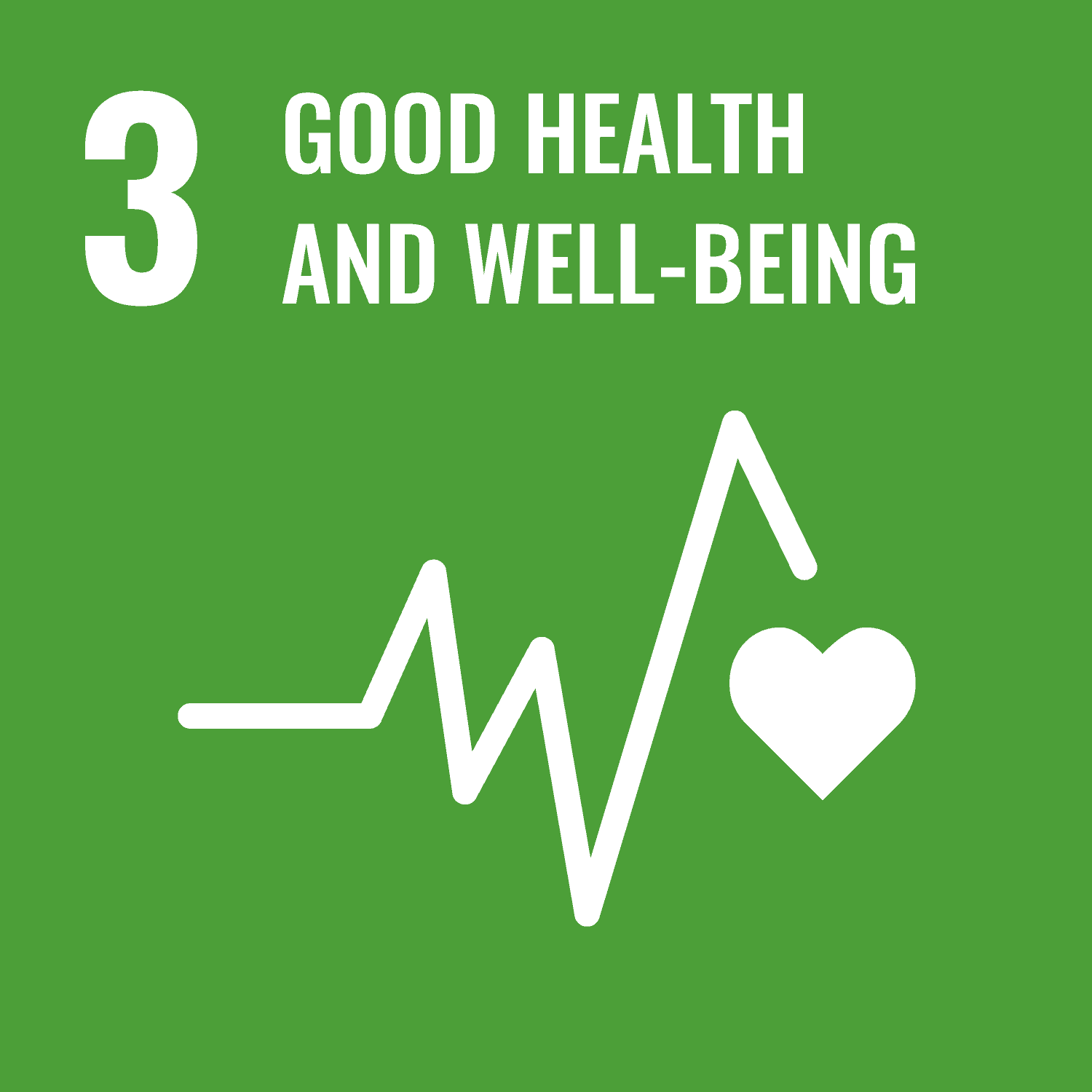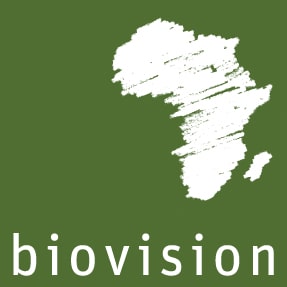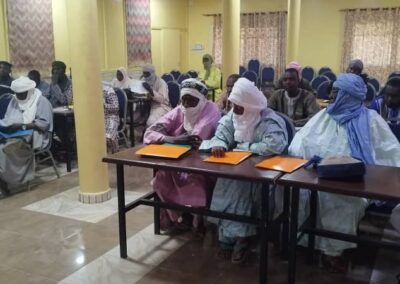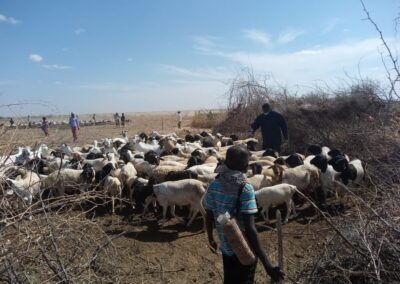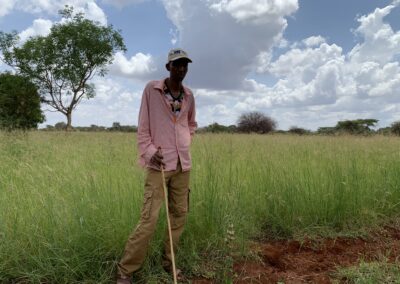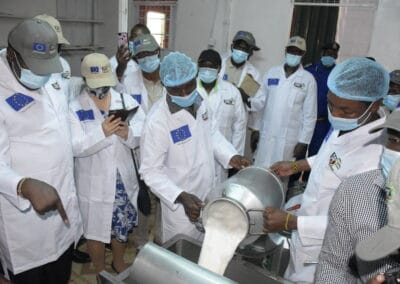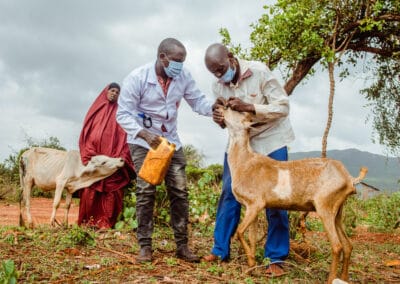Strengthening the drought resistance of nomadic and semi-nomadic communities
Project Overview

Country
Kenya
Project name
DR-SRM II
Duration of the project
Start: |
01.04.2022 |
End: |
31.03.2025 |
Budget
USD 801’900
Financed by
Project area
Topics
Tags
Background
The districts of Samburu and Isiolo share a common border and are characterised by a high level of poverty and a strong dependence on livestock farming. In Isiolo County, 80% of the inhabitants live from livestock farming (mainly through nomadic pastoralism) and just under a third from agricultural agropastoralism. Both districts lack investment in sustainable livestock activities in order to improve food self-sufficiency, diversify income sources and create employment opportunities.
Goal
The main objective is to improve livestock productivity and increase incomes for more resilient and food secure nomadic and semi-nomadic communities and their ecosystems in the Samburu and Isiolo districts. It also aims to strengthen collaboration between communities, the public sector, the private sector and civil society organisations.
Animal diseases are an important factor for the productivity of livestock. The second component of the project therefore consists of setting up the successfully tested community-based system for monitoring animal diseases using a smartphone application in the Samburu District.
Approach
- Approach Continuation and expansion of locally adapted techniques for the sustainable management of pastureland and livestock by pastoralist communities and the development of corresponding value chains by women and young people.
- Promotion of peace-building measures to minimise resource-related conflicts.
- Continuation of the mobile radio-based monitoring and reporting system for livestock diseases.
- Transferring the successes of the long-term camel development initiative in Isiolo district to Samburu district. Strengthening the role of women by including them in the camel milk value chain.
- Improve the food and nutrition security of existing camel restocking project participants in Isiolo County by promoting nutrition education and sustainable nutrition practices with activities identified and developed through participatory assessments with the communities.
Which of the 17 UN Sustainable Development Goals does this project work towards?
